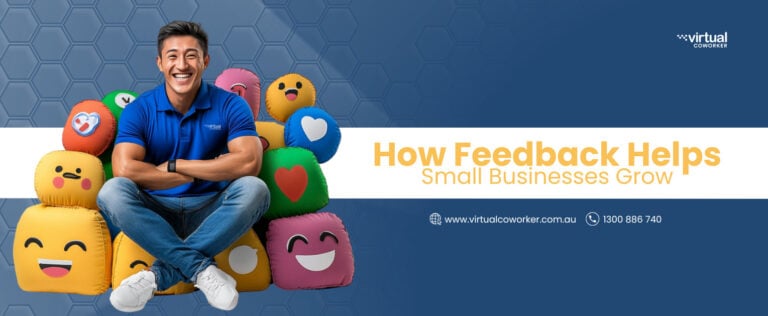How to Build a Customer and Tech Support Team
Case Study: How to Build a Customer and Tech Support Team
Business Name: BigAir Group Limited (ASX: BGL)
Type of Company: Telecommunications
Positions hired: Technical and Customer Support
Explain the roles that you’re currently outsourcing
Level 1 Technical Support for residential customers and non-technical Customer Service Representatives for corporate and wholesale customers.
How did you set up multiple staff on a customer support system?
BigAir is almost completely cloud based which helped a great deal.
We use Google (business account), which made email access, wiki, document sharing and training much easier. We also use it for video conferencing although Skype can also be used as a free and reliable alternative.
For our ticketing system we use Salesforce, which again is cloud based and has helped a great deal with being able to make access for offshore staff easy. Email templates assist with ensuring efficiency and standardised communication for certain types of requests.
What do you do to best manage a full team of Philippines based employees?
I believe a big part of effectively managing a full team of Philippines based employees is to make sure they feel like a valued part of the company. We encourage constant interaction with our onshore and offshore level 1 team, and want them to feel like an extension of our operation and not an isolated remote team.
When offshoring I believe you need to be able to put all of the tasks you require the team to complete into a box. If you are not able to easily define the tasks and processes it can be difficult to achieve consistent results. I had a clear multi phase plan so we knew what we were looking to achieve within certain time frames.
Also you need to be able to measure success by having meaningful metrics so you know where you were before you setup the team offshore, then where you are at different milestones.
How do you onboard the staff to get them across the BigAir vision, culture, and process?
We have built training programs for both the technical and non-technical roles, during this training we cover off key processes and expectations.
Much of our culture is conveyed in the daily communication we have inter-team, we have group chats setup where staff ask questions and interact with each other. Certain Team Leaders and Managers are included on these group chats.
How do you keep track of performance levels of each staff?
KPIs are tracked for the all of the level 1-team members.. These are presented to the team in the form of team reports and top performers are given recognition in regular team meetings.
The periodic screen capture system used by Virtual Coworker also assists in making sure staff are focused on work related activities.
What was your interview process like? How did you make sure each staff was a good fit?
Having staff that work from home has been a learning experience, especially regarding the interview process. I learnt early in the process that extra attention needed to be given to background noise and connection stability. Home Internet connections (especially DSL) in the Philippines can be very low quality compared to Australia, while VoIP does not require much bandwidth it does require a reasonably stable connection.
As people are working from home we also looked for staff that had held previous Team Lead, SME or senior roles. Having significant previous technical support experience and a proven ability to work well unsupervised has assisted us greatly.
How was the recruitment, hiring, and setup process with Virtual Coworker?
Virtual Coworker has a fantastic hiring process and great staff that are easy to work with. They understood my requirements and were able to put forward quality candidates, the billing and setup process was simple and efficiently structured. Once we had decided on a suitable candidate we were able to have them start very quickly (within a few days).
Do you have any advice for people looking to hire offshore tech or customer support reps?
Don’t try to get the cheapest staff possible, be prepared to pay a little more, you would be surprised how much more experienced and reliable staff you can find for a relatively small additional cost per month. In some cases I have been able to obtain staff with 8-9 years technical support experience, working for companies like AT&T, Telstra, Optus, Sprint and many others. You can bring them up to speed faster and you are also much more likely to be able to retain the staff.
Make sure you are able to define your processes and training, if you can start by taking the 80% of stuff you can easily define and “put in a box”, then leave the 20% of stuff you can’t easily define for your experienced onshore staff. Make sure if it’s outside the defined parameters it gets escalated to the people who have the experience to resolve the issue quickly, you don’t want your less experienced staff taking 4-5 times as long to resolve the complex issue, when they could be resolving 4 or 5 simple requests instead.
In my opinion there are some things you want to keep onshore and some things you can effectively offshore. Leverage your onshore staff’s capability using your offshore staff. This can be done gradually and does not have to be done in one hit. For example, you could look at your existing onshore team, get rid of your lowest performer and replace them with 2-3 offshore staff!







